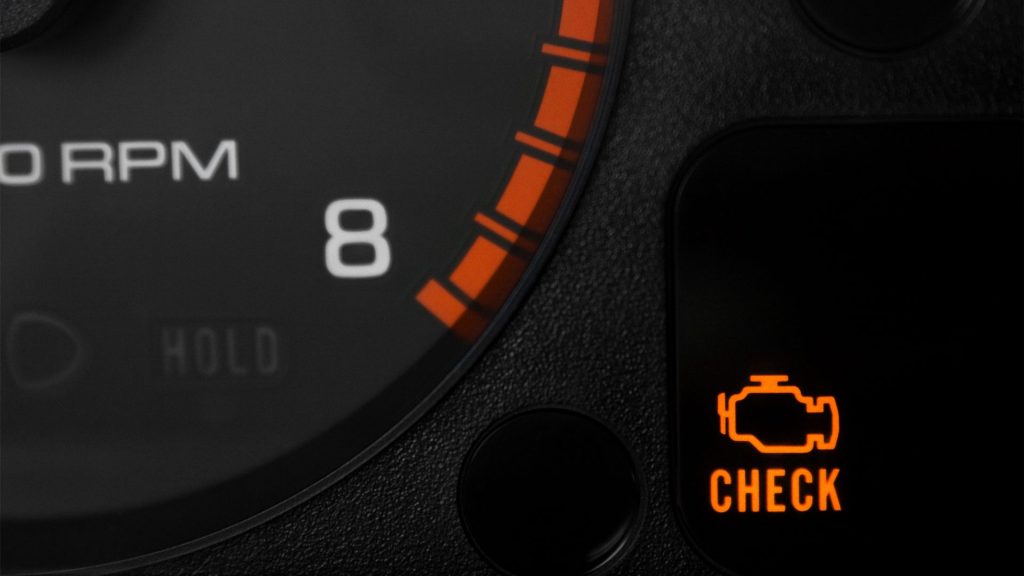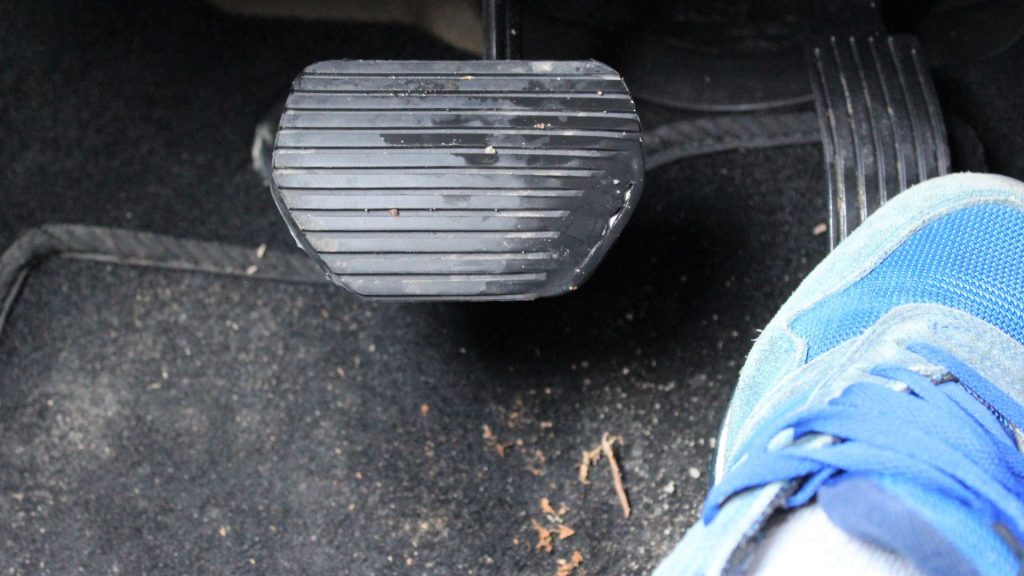The accelerator Pedal Position (APP) sensor serves as a communication link and determiner between the driver and the electronic control unit (ECU), the brain of a vehicle.
How Do I Calibrate My Accelerator Pedal Position Sensor?
The APP sensor is a connector and determiner between the driver and the ECU. The APP sensor instructs the ECU on how much to open the throttle body to provide the required air-fuel mixture to the engine, depending on the gas pedal position.
To calibrate or reset your APP Sensor:
- Unplug the batteries and keep them off for at least 30 minutes.
- Connect the batteries once again.
- Set the key to the “ON” position but don’t start the engine.
- Slowly depress the throttle pedal to the bottom without switching the engine on. Perform this step at least once to verify that the ECM has learned the calibration of the accelerator pedal position sensor. If you forget or eliminate this step, the system might set diagnostic trouble codes (DTCs).
- Switch the key OFF.
When Should I Calibrate Accelerator Pedal Position Sensor? Its Symptoms
The APP sensor directs the ECU on how much to operate the throttle body to supply the correct air-fuel mixture to the engine in response to the gas pedal position. So, recalibrate the ECM and accelerator pedal to reset the APP Sensor idle and WOT limits every time the batteries are dead. You also have to recalibrate the APP sensor when the batteries, ECM, or APP Sensor is disconnected, and the accelerator pedal is replaced. Failure to recalibrate will cause error codes and other issues to occur.
A defective APP sensor, like other electrical and mechanical car components, may exhibit several symptoms that will notify the driver that a problem(s) in the system. The following are some of the common accelerator pedal position sensor issues:
Check engine light

The auto computer monitors all electrical components, including the APP sensor. So, when something goes wrong, it will set off a fault code. The check engine light will show if there is a problem.
All electrical sensors must be functional for the ECU to function as it should. A defective APP sensor will produce a P2135 is a diagnostic issue.
You will need a certified mechanic to identify the source of the code because it may arise from many different causes.
Rugged Idling
Your APP sensor may be malfunctioning if your car doesn’t run reliably at idle. An APP sensor must be in excellent condition for efficient fuel distribution and constant or smooth idling.
Failure to accelerate beyond a point
Consider a scenario in which your vehicle accelerates to a certain speed but won’t go above that speed. It shows that your APP sensor can’t deliver precise signals for the throttle location and engine performance suffers as a consequence.
Inefficient engine operation
Fuel efficiency issues will arise if the accelerator pedal position sensor operates inappropriately. The APP sensor stabilizes throttle control and transmits the driver’s input to the throttle body through the ECU.
It accepts driver commands and keeps the fuel pressure constant while transmitting the signals to the ECU and the throttle body. Your fuel economy will suffer if the sensor fails to send accurate readings because of a loose wire, corroded connectors, or broken wires.
Erratic acceleration

When you press the gas pedal, the engine should react right away. However, a malfunctioning APP sensor will significantly reduce the car’s ability to respond instantly by accelerating or decelerating as the driver presses or releases the gas pedal. This may pose a risk because the driver is not fully in control of the vehicle.
Stop driving once you notice an erratic acceleration. Pull over in a safe location before contacting your mechanic or dealership to have the issue identified and fixed.
The automatic transmission may jerk or shift poorly when you press the accelerator pedal
A defective APP sensor will give the transmission computer a false signal. When you press the gas pedal, a bad sensor will produce bursts of varying or delayed signals, which will cause sluggish gear shifting.
How to Test Accelerator Pedal Position Sensor?
The testing process involves:
Finding the APP sensor
Locating the APP sensor is the first step in diagnosing it. Usually, it is under the driver’s side dashboard affixed to the accelerator pedal. But the designs of various car models vary. While some APP sensors can be single units, others are permanently attached to the accelerator.
Checking the wiring harness
Find out if any wires are loose by wriggling the connectors. If everything appears in working order, unplug the wiring harness and visually check the electrical connectors for corrosion and rust. Corrosion on the connectors can cause electrical resistance and many other problems.
Using a multimeter to test the wires
Check the wires to see if they are in excellent condition. Position the red probe on each connector separately; the pedal is in touch with the connectors. Test the purple wire with the red probe while placing the black probe on the vehicle’s ground. It needs to be below 5 ohms. Find and test the brown wire as well. Conduct this test with the ignition off.
You should inspect the wire if you see a significant variation in the findings, such as one that is 4.1 and another that is 0.4. Next, turn the ignition to the ON position, but don’t start the car. Set the meter to measure DC volts and test the black and white wires. Touch the red probe to the black and white connectors while the black probe is still attached to the ground; it should read 4.8 or 4.9.
You must recharge your battery if either or both readings are low. This test requires your battery to have at least 12 volts, so you must recharge it if it is less than that. You must replace The APP sensor itself if you don’t notice any issues with the wiring.

